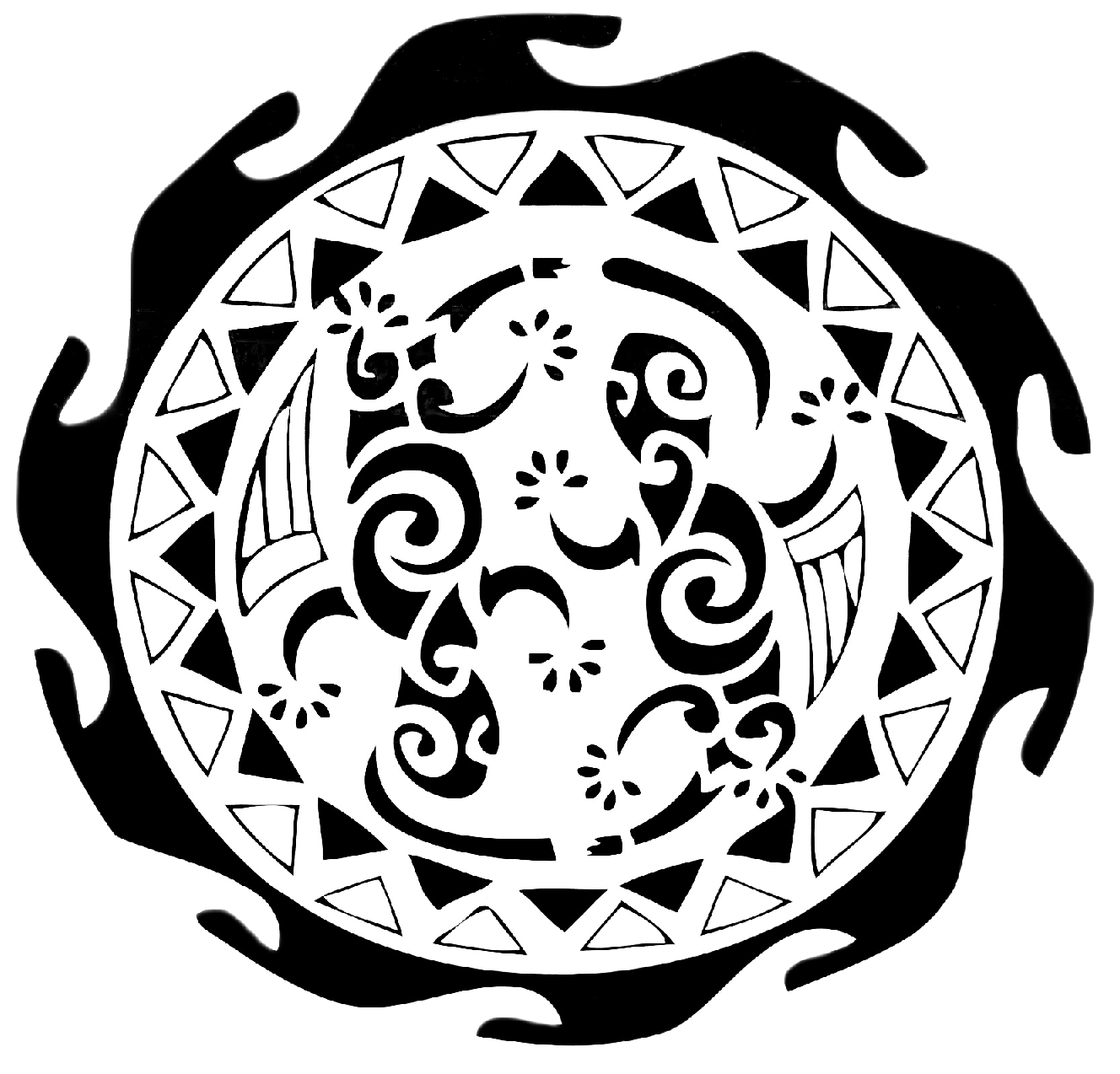And not easy to find.
First we have to thread our way round a very tight bend. And right in front of a church where an Ash Wednesday service is being celebrated. Then down a muddy road. It’s the middle of the night when we finally arrive at the car park.
“I’ve seen them”, says Michi. Two bears are sleeping on the other side of the valley, only visible through the thermal imaging device. The anticipation builds. We get up very early in the morning, right at sunrise, and sit on the observation tower. Michi is ready with his camera and thermal imaging device, I make coffee.
There are lots of Andean bears on the other side of the valley. Over the course of the morning, we observe five specimens. The first is still sleeping, the second is already foraging.
There is only one species of bear in South America: the spectacled bear. It is actually very well known, as the Paddington bear cartoon character was modelled exactly on it.
A bear of the Andes

But many people don’t even realise that there are bears in the south of the continent. The Andean bear or spectacled bear (Tremarctos ornatus) is the only bear in South America and the last surviving representative of the short-snouted bears. The animals are distributed across almost the entire Andes mountain range: Venezuela, Colombia, Ecuador, Peru and Bolivia.
Like all bears, they are omnivores, but favour plants such as cacti or avocados. They rarely prey on rodents or large mammals such as deer or cattle. Cacti and bromeliads are important as these plants store water, which the bears then absorb. Otherwise, they like to climb trees and break off branches with fruit to eat them on the ground.
Nature and agriculture can harmonise
The bears here in northern Ecuador are magically attracted to avocados. The avocado plantation borders on a national park, and as the fruit grows all year round, the bears can also be found in large numbers all year round. One of the farmers has turned this into a small business. So they have come to terms with the bears, tourism and cultivation. This is actually a good example of how nature and agriculture can harmonise.
Unfortunately, this is not always the case. As bears rarely, but occasionally tear up cattle and devastate maize fields, the farmers take revenge. They are also poached for their meat and fur or for medicinal or ritual purposes. Young animals are also poached and sold as pets. The WWF estimates that 200 specimens are hunted every year. The animals are endangered and the WWF estimates the population at 13 000 to 18 000. As habitat loss is progressing rapidly, it is assumed that they will become extinct in the wild.
A bear adapted to all situations
We kept on the lookout on our way north, but had no luck. This is because it is not so easy to observe the shy bear. For one thing, it is out and about early in the morning and just before dusk, solitary and actually quite well camouflaged. You can hardly see them from a distance. They have completely black fur and white markings around their eyes that look like glasses, hence the name. We were very glad that we had the thermal imaging device with us so that we could find them more easily in the forest.

The animals are adaptable as long as they can live at altitude. There they live in plains with little vegetation as well as in forest and swamp areas, in the high mountains or in desert areas near the coast. However, they are most frequently found in the humid cloud forests of the highlands. We have often seen the feeding tracks, and there are also other areas that are known for sightings. But we were there at the wrong time of year, they only come when the wild avocado is bearing fruit.
A bear that doesn’t like hibernating
In general, the bears are seasonally active and, unlike their conspecifics, do not hibernate. The seasons do not vary so much here either, there are only dry and rainy seasons. Another special feature of this species is the dormancy of the females. The females are able to fertilise all year round, they can then control the implantation of the egg in the uterus and extend the gestation period. In this way, the time of birth can be adapted to the season, usually just before the fruit ripens.
It was raining heavily in the evening, but we still saw a bear. It crossed the only bridge in the valley. That was it, we said goodbye to the impressive animals and made our way home late. The next adventure was already waiting for us.

